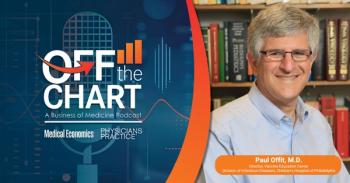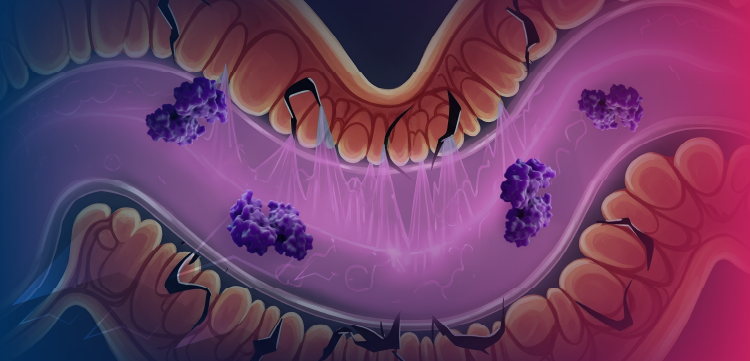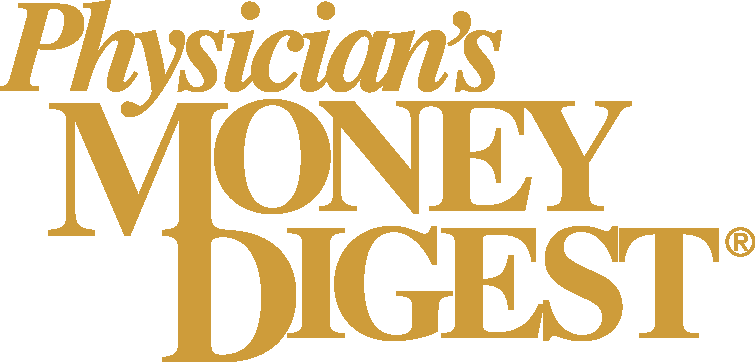
Can you still find joy in primary care practice?
Burnout and dissatisfaction are all-too-common among primary care physicians, but some practices have found ways to make medicine enjoyable again.
With all the financial and regulatory pressures doctors face today, is it still possible to find professional satisfaction, or even-dare it be said-
The study’s authors visited 23 high-performing primary care practices across the country to identify innovations and techniques that they believe “can facilitate joy in practice and mitigate physician burnout.” They found that the practices used some or all of the following techniques:
- proactive planned care, with pre-visit planning and laboratory tests;
- sharing of clinical care among team members, with expanded rooming protocols, standing orders, and panel management;
- sharing of clerical tasks with collaborative documentation (scribing), order entry performed by nonphysicians, and streamlined prescription management;
- improving communication through the use of verbal messaging and in-box management; and
- Improving team functioning through co-location, team meetings, and work flow management.
Most of the practices were certified as
The authors describe how the practices they visited solved problems common to primary care practices. One such problem, they note, is lack of same-day access for patients. Many of the sites they visited addressed the problem by expanding the roles and responsibilities of non-physician staff members. One practice created standing orders empowering its registered nurses to diagnose and treat simple problems, such as streptococcal throat infections and ear infections, without the involvement of a physician.
Adopting these and similar techniques, the authors say, lets physicians focus more of their time and energy on patient care, leading to higher levels of satisfaction and lower rates of burnout.
The study, “In Search of Joy in Practice: A Report of 23 High-Functioning Primary Care Practices” appeared in the May/June 2013 issue of
Newsletter
Stay informed and empowered with Medical Economics enewsletter, delivering expert insights, financial strategies, practice management tips and technology trends — tailored for today’s physicians.














